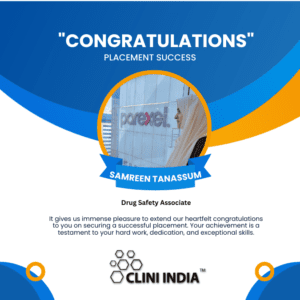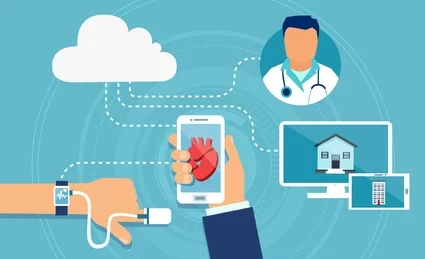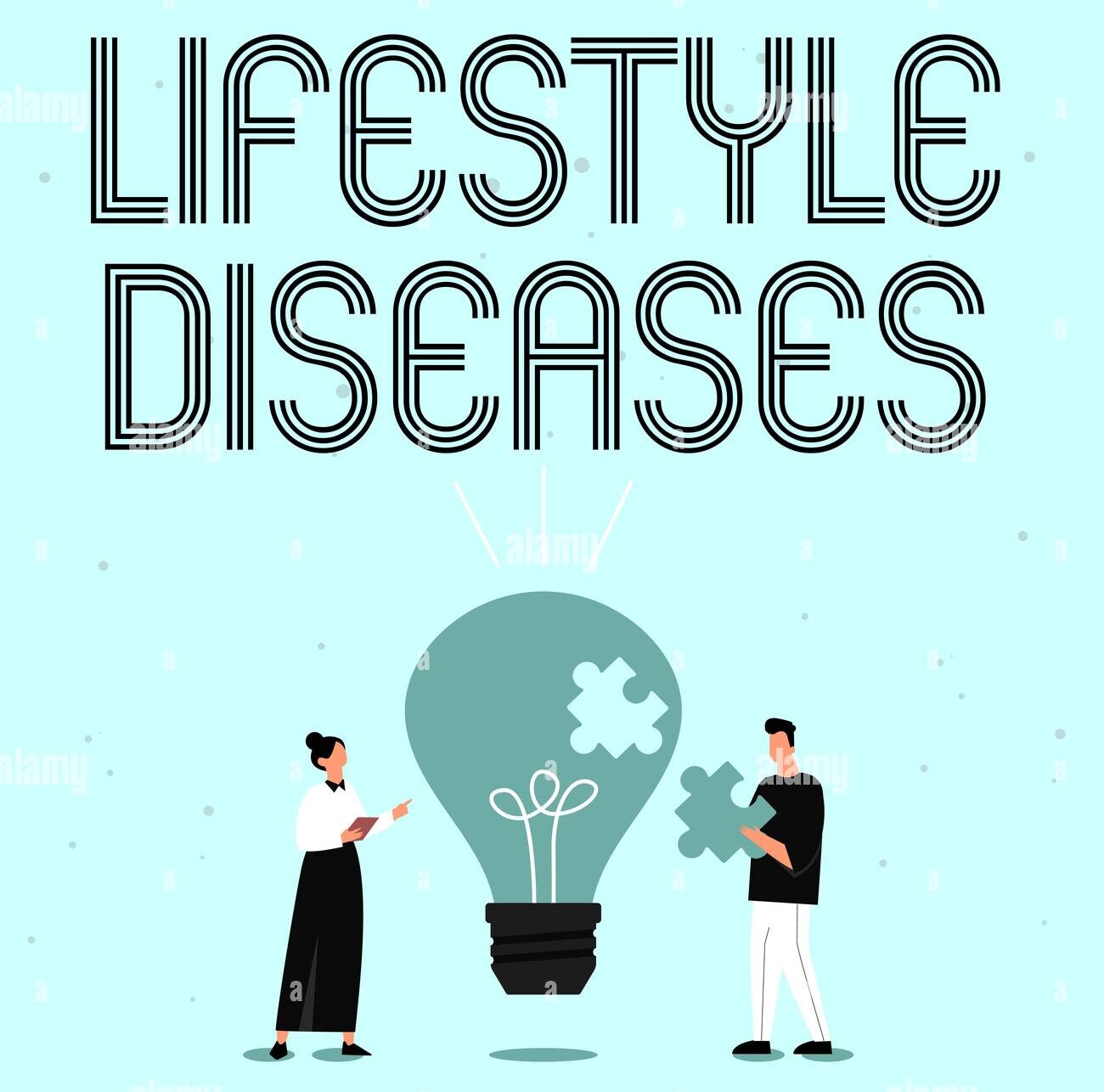
Differences Between ADR (Adverse Drug Reaction) and ADE (Adverse Drug Event)
In pharmacovigilance and clinical practice, understanding the distinction between Adverse Drug Reactions (ADRs) and Adverse Drug Events (ADEs) is essential for patient safety and effective medication management. They have distinct definitions and implications in the context of drug safety.
What is an ADR?
An Adverse Drug Reaction (ADR) refers to an unintended, harmful response to a medication when it is used at normal doses for treatment, diagnosis, or prevention of a condition. ADRs are directly related to the pharmacological properties of the drug and are often classified as either:
- Type A (Augmented): Predictable, dose-dependent reactions (e.g., drowsiness from antihistamines).
- Type B (Bizarre): Unpredictable and unrelated to the drug’s normal action (e.g., anaphylaxis from penicillin).
Key Characteristics of ADRs:
- Occur at normal doses.
- Are related to the drug’s pharmacological action.
- Require reporting and monitoring for patient safety.
What is an ADE?
An Adverse Drug Event (ADE) is a broader term that encompasses any injury or harm associated with medication use, including inappropriate use, medication errors, and ADRs. ADEs may or may not be directly related to the pharmacological action of the drug.
Examples of ADEs include:
- Overdoses due to incorrect dosages.
- Harm caused by drug interactions.
- ADRs, such as severe rashes or organ damage.
Key Characteristics of ADEs:
- Include any harm from medication use, regardless of dose or cause.
- May result from prescribing errors, dispensing mistakes, or patient non-adherence.
- Encompass ADRs but go beyond them to include preventable events.
Key Differences Between ADR and ADE
| Aspect | ADR | ADE |
|---|---|---|
| Definition | Harmful response to a drug at normal doses. | Any injury related to medication use, including errors. |
| Cause | Related to the drug’s pharmacological action. | Can result from errors, misuse, or ADRs. |
| Preventability | Typically non-preventable. | May be preventable (e.g., medication errors). |
| Scope | Narrower, focused on drug reactions. | Broader, includes all medication-related harm. |
| Examples | Anaphylaxis to penicillin. | Overdose due to wrong dosage or missed interactions. |
Significance in Healthcare
Both ADRs and ADEs are critical to monitor and address for enhancing medication safety. However, the distinction is important because:
- ADRs require pharmacological understanding and reporting to improve drug safety profiles.
- ADEs involve system-level interventions to reduce medication errors and improve prescribing practices.
Preventing ADRs and ADEs
To ensure safe medication use, healthcare professionals can adopt the following measures:
- For ADRs:
- Monitor patients closely for predictable reactions.
- Use pharmacogenomic testing for individualized treatments.
- For ADEs:
- Implement electronic prescribing systems to reduce errors.
- Provide clear instructions to patients about proper medication use.
Conclusion
While ADRs and ADEs are related, they differ in scope, cause, and preventability. Understanding these differences is crucial for healthcare providers, as it helps in identifying the root cause of medication-related issues and implementing appropriate interventions to safeguard patient health.


























































